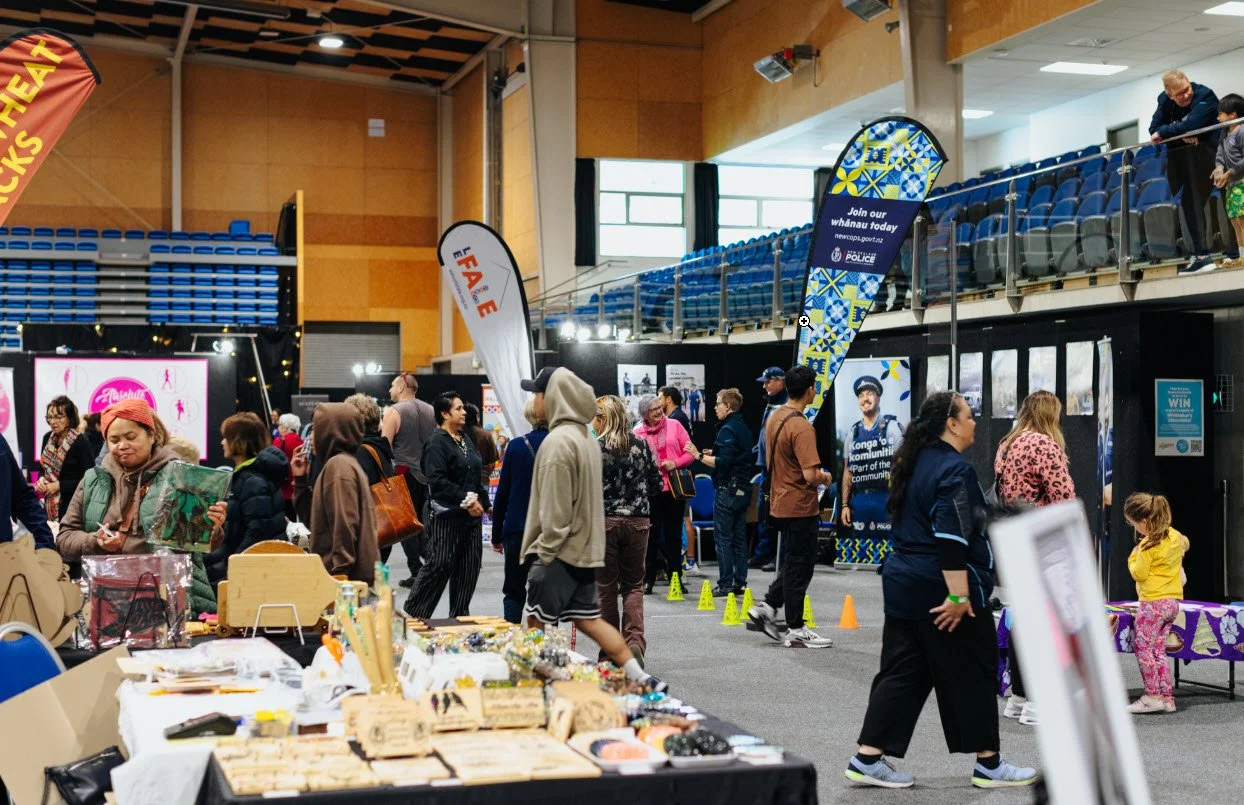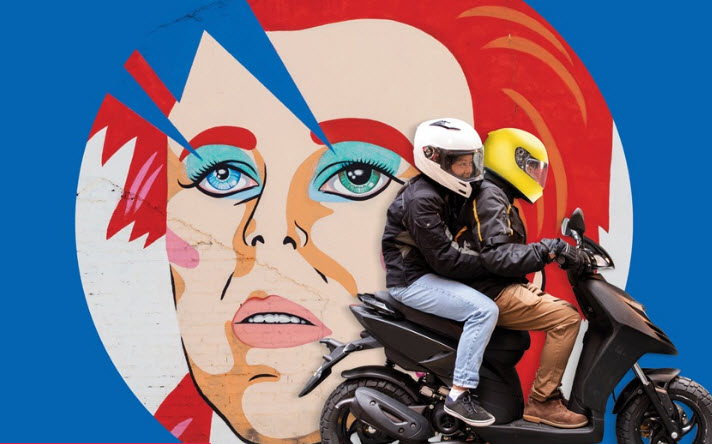Adam Art Gallery Te Pātaka Toi at Victoria University of Wellington is proud to present two concurrent exhibitions that examine spiritual connections to place and bring precious taonga to public view for the first time.
Spanning over 20 years, the survey exhibition On the Last Afternoon: Disrupted Ecologies and the Work of Joyce Campbell will occupy most of the Adam’s three-level building. It draws on selected bodies of work that Campbell (b.1971) has produced since the late 1990s and is the first exhibition to substantially appraise her prolific career to date.
A parallel exhibition, Te Taniwha: The Manuscript of Ārikirangi, organised by Richard Niania (Ngāi Kōhatu, Ngāti Kahungunu ki Te Wairoa), a long-time collaborator with Campbell, presents for the first time publicly original manuscripts by prophet Te Kooti Ārikirangi Te Turuki (1832–1893), the Rongowhakaata warrior and founder of the Ringatū faith.
A Walters Prize finalist in 2016, Campbell is an interdisciplinary artist known for her ambitious bodies of work that span photography, film, video and sculpture. She was initially trained as a sculptor and her practice often draws on the material qualities of pre-20th century photographic techniques. Her work has a particular focus on the unique ways analogue photography, as a product of chemical reactions, might probe deeper connections to nature.
On the Last Afternoon is curated by John C. Welchman, a renowned Los Angeles-based art historian, curator and professor at the University of California. Campbell formed a friendship with Welchman over more than a decade of periodically living, studying and practising in Los Angeles. Since returning to New Zealand, she maintains strong ties to Los Angeles and regularly visits to reconnect with the city and produce work.
“The idea of working with John on a substantial book and exhibition had been percolating for a number of years,” says Campbell. “So when we entered a discussion with the Adam’s director, Christina Barton, about developing an exhibition, we felt the time was finally right to complete both projects.”
For Welchman, Campbell’s biography “mirrors her practice, oscillating between New Zealand’s verdant coasts and the smog-choked, climate-stressed systems of the Californian deserts. The show includes works made in various extreme conditions in North America, New Zealand, Australia and Antarctica, using a vast array of techniques from photography’s 200-year history”.
Barton says: “Campbell’s preference for 19th-century analogue processes gives rise to images of extraordinary detail, depth, richness and texture; but it also fulfils her ambition to depict subtle or ‘mysterious’ things and events that modern cameras and standardised equipment do not allow.”
The manuscripts in Te Taniwha: The Manuscript of Ārikirangi have been in the care of the Kūnaiti, Ranapia and Niania whānau of Te Reinga in Hawke’s Bay for the past 150 years. They were given by the prophet to Richard Niania’s ancestor Paratene Waata Kūnaiti in 1869 and handed to Niania by his grandmother Pare Īhaka Ranapia-Niania in 1988. She was the last-ever pou tikanga (church leader) of Te Parihi o Whakapūnake (the Parish of Whakapūnake) of Te Haahi Ringatū at Te Reinga, where Niania still lives.
In the appendix to her magnus opus to Ārikirangi, Redemption Songs, the late scholar Judith Binney speculated that original manuscripts from the Ringatū faith “probably do exist” but await “another time, and other writers”. For Niania, as the holder of this narrative legacy, the exhibition of these verified documents “removes any and all doubt about this”.
“After 30 years as kaitiaki [custodian] of these taonga, I truly believe this is the time for the scripts to take their place in a larger scheme of things, a scheme that arrives in 2019. The time has now come for other writers to pen their responses to these documents.”
Niania commissioned Campbell to produce the photographs that accompany Te Taniwha: The Manuscript of Ārikirangi as a continuation of their ongoing Te Taniwha series, which features in the On the Last Afternoon exhibition. Campbell’s images cataloguing the full collection of extant documents will be exhibited alongside the original manuscripts. Her images, which will be printed as well as presented digitally, will be shown alongside a translation by Niania of the first prayer contained in the notebook and his commentary on his ancestor’s role in the historic journey through their whenua (land) by Ārikirangi and his people in 1868.
“These joint exhibitions continue our focus in 2019 of partnering with guest curators and artists to produce in-depth, research-based exhibitions,” says Barton. “We are excited to present the full breadth of Joyce’s practice, from her remarkable multi-channel film installations to her important body of photography. It is also a privilege to welcome back Victoria University of Wellington alumnus Richard Niania and an extraordinary honour to be caretakers of this precious taonga.”
A substantial 320-page book will be launched during the exhibition, edited and with a lead essay by Welchman and with contributions by Niania, Barton, Geoffrey Batchen, Elizabeth Grosz, Bernard Stiegler, Mark von Schlegell, Tungāne Kani and others.
“This exhibition and publication represent our ongoing commitment to developing scholarship around significant New Zealand artists,” says Barton.
The exhibition is accompanied by a public programme that begins with a tour of the exhibition with Campbell, Niania and Welchman on the opening day and a lecture by Welchman at Massey University.
Exhibition: On the Last Afternoon: Disrupted Ecologies and the Work of Joyce Campbell, Curated by John C. Welchman
Te Taniwha: The Manuscript of Ārikirangi
Ngā kupu whakamahuki nā Richard Niania
When: 27 July– 20 October 2019
Opening: Friday 26 July, 6-8pm
Where: Adam Art Gallery Te Pātaka Toi, Victoria University of Wellington, Gate 3, Kelburn Parade, Wellington
Cost: Free
Events: Exhibition tour
With artist Joyce Campbell, Ngāi Kōhatu kaumatua Richard Niania and guest curator, Los Angeles-based contemporary art historian John C. Welchman
Saturday 27 July, 2pm
Adam Art Gallery
John C. Welchman: The Uncanny and Visual Culture
Tuesday 30 July, 5.45–6.45pm
Old Museum Building Theatrette, Massey University, Wellington
-Victoria University of Wellington







